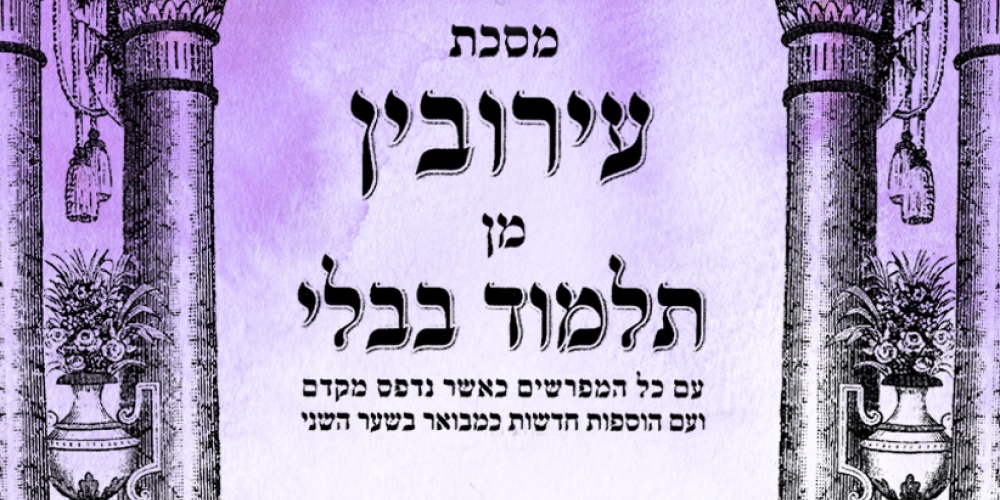
It is impossible, at least from a Jewish perspective, to understand the Bible without the tools to interpret the text. It is this "reading between the lines" that brings the Torah to life, allowing for its multiple meanings and eternal relevance. The most famous formulation of the rules of these interpretations--and there definitely are rules--is the 13 hermeneutic principles enumerated by the second-century sage, Rabbi Yishmoel. Its importance is such that it has made its way into our daily prayers.
Yet, as all who have studied Talmud know, exactly how to apply those rules to any particular verse can (and often does) create much controversy. It is this analysis of the opposing views of our Sages that is a key factor in making Talmud study exciting for many. This tradition of intellectual debate is the hallmark of the Jew, and has been carried over to every field of endeavor in which we participate.
Yet there is an area of tradition on which we have no debate: those laws classified as halacha leMoshe miSinai, laws given [by G-d] to Moshe at Sinai. There is no debate on how to interpret these laws, as there is, by definition, no text to interpret. Their only source is an oral tradition dating back to Moshe at Sinai. Such examples include that tefillin are black, and that one may not carry 4 cubits (6 feet) in a public domain. Despite the absence of text (or more likely because of it), these laws have avoided all debate. In fact, the Rambam (Introduction to the Mishnah) claims that if we were to find an argument on a given law, that itself is proof positive that the law is not ahalacha leMoshe miSinai. (The Rambam notes a related category of "interpretations [of specific texts] received from Moshe" such as the fact that pri etz hadar refers to an etrog, also are devoid of debate.)
"Measures, barriers, and partitions are laws given to Moshe at Sinai" (Eiruvin 4a). Such concepts as: the requirement to eat matzah (and marror) requires a portion the size of an olive; that a vessel with a hole the size of a pomegranate loses its status as a vessel that can transmit impurity; or that airspace up to three handbreadths in a sukkah is immaterial, have no scriptural basis, and are based on transmission of the law from generation to generation dating back to Moshe.
The Gemara immediately gets "all excited" and asks, how can one claim that these laws are an oral tradition from Sinai, these laws are in fact derived from the biblical text themselves? The laws relating to measurements derive from the verse, "a land of wheat and barley, and vines and fig-trees and pomegranates; a land of olive-trees and date honey" (Devarim 8:8).
The Talmud notes that, in reality, we cannot learn the measurements from the verse itself; what scriptural basis could there be to explain the reference to "date" as teaching the measure that is considered a violation of the Yom Kippur fast? But once the law was given to Moshe at Sinai, the Rabbis wanted to attach these teachings to an actual verse.
The rabbis were very careful to ensure the correct source of each law. It was crucial to maintain the distinction between biblical and rabbinic law, and between law and custom. To claim equal status or to treat a rabbinic law with the same severity as a biblical law would be a violation of the biblical prohibition of "adding to the Torah" (See Rambam Mamrim, 2:9). Sadly, today many blur distinctions in mitzvoth, paying little attention to their hierarchy and robbing Jewish life of so much meaning.
While the distinction between whether a law is based on a biblical verse, or an oral tradition at Sinai, or some combination of the two may seem of little import, our Sages put great value on precision. And, truth be told, there are times the law does distinguish between these two sources of law, mainly in the area of enforcement.
The Torah praises the land of Israel by highlighting its agricultural bounty. It has lush, tasty and beautiful 'fruit'. Interestingly, while the biblical text focuses on the quality of the land, our Sages use the very same verse to remind us of the quantities we need in many of our religious obligations.
Apparently, quality and quantity go hand in hand.



